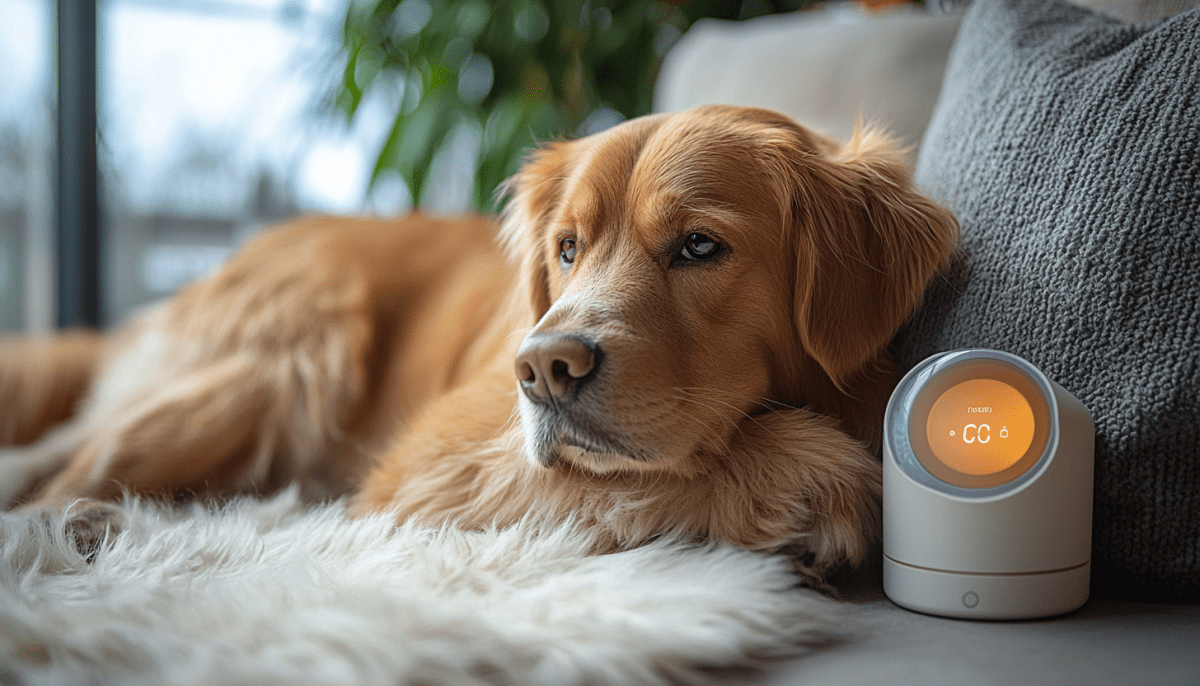When it comes to keeping your furry friend healthy and comfy, a pet temperature monitor can be a game changer. But with so many options out there, how do you pick the right one? Here are a few things to consider.
1. Ease of Use: Look for a monitor that’s user-friendly. You want something that you can set up quickly without needing a degree in tech. Simple buttons and clear instructions make a world of difference when you’re trying to check your pet’s temperature in a hurry.
2. Accuracy: Not all monitors are created equal. Check reviews and look for models known for being accurate. A reliable temperature read can help you catch any health issues early on, so it’s worth doing a little research.
3. Type of Monitor: There are different types of temperature monitors, from digital to infrared. Digital thermometers are typically easy to use and provide quick readings, while infrared options let you take readings from a distance. Decide what works best for your pet’s personality and your lifestyle.
4. Alerts and Features: Some monitors come with additional features like alerts for high or low temperatures, which can be super helpful. If you travel with your pet or leave them alone at home, these added features can give you peace of mind.
How to Use a Temperature Monitor
Using a temperature monitor for your pet is pretty straightforward, and it can give you peace of mind when keeping an eye on their health. Here’s a simple guide to help you get started.
First off, make sure you read the instruction manual that comes with your temperature monitor. Each device might have some unique features. Most of them are user-friendly. You’ll usually start by turning the device on and ensuring it’s set to measure pets' body temperature.
When you're ready to take your pet's temperature, find a cozy spot. You want your furry friend to be relaxed. If it’s a rectal thermometer, gently, but confidently, lubricate the tip and insert it into your pet’s rectum for a short time. Be sure to hold it steady. If you’re using an ear or forehead thermometer, just position it according to the manufacturer’s instructions. It’s often quicker and easier!
After a few seconds, the monitor will beep, indicating the temperature is ready. Make sure to record the number, especially if you're tracking your pet's health over time. If you notice a high or low temperature, follow up with your vet for advice. Keeping a little notebook or app of your pet’s temperature history can be super helpful, too!
Signs Your Pet Might Be Unwell
As pet owners, we want the best for our furry companions, but sometimes it can be hard to tell when something’s not quite right. Here are a few signs that might indicate your pet is unwell. Keeping an eye out for these can help you catch any issues early!
First off, a change in behavior is a big red flag. If your usually playful pup suddenly becomes lethargic or your curious cat is hiding more than usual, it’s time to pay attention. Look for:
Next, physical signs can really tell you a lot about how your pet is feeling. Check for:
Lastly, don’t overlook your pet’s vital signs, like temperature. A normal temperature for pets typically ranges between 100.5°F to 102.5°F. If their temp is outside this range, it could be a sign of illness. Keeping a pet thermometer handy can help you monitor this quickly, especially if you suspect something is off.
Benefits of Monitoring Your Pet’s Temperature
Keeping an eye on your pet’s temperature can be a game-changer for their health. It’s one of the first signs that something might be off with your furry friend. Knowing their normal temperature range helps you catch any potential issues early on, ensuring your pet gets the care they need right away.
Regular temperature checks can make a big difference in managing your pet’s overall well-being. For example, if your pet tends to run a bit hotter than usual, you might notice changes in their behavior, like being less active or not eating as much. By monitoring their temperature, you can promptly address any changes, giving you peace of mind as a pet owner.
Having a temperature monitor at home means you don't always need to make a trip to the vet for every little concern. It’s especially handy for pet parents with older pets or those with chronic conditions. With a reliable thermometer, you can easily track your pet’s vital signs without adding extra stress to their routine or yours!
Plus, it’s not just about emergencies. Keeping tabs on your pet’s temperature can help you adapt their care as the seasons change. Hot summer days or chilly winter nights can affect your pet’s body temperature. By being proactive and checking regularly, you can ensure they’re comfortable and safe all year round.



